Graduate research takes many forms—lab experiments, fieldwork, archival deep dives—but it also has a visual story to tell. Concordia’s Faculty of Arts and Science invited its graduate students to participate in the third annual Graduate Research Photo Contest, "Capture your research in a snap!" This year, the results are as captivating as the research behind them.
The competition, which encourages students to encapsulate their research through compelling photography, once again drew an impressive range of submissions. Each entry offers a unique lens into the discoveries and narratives shaping today’s scholarship, from the microscopic to the monumental.
“This contest is about more than photography,” explains Francesca Scala, Associate Dean of Research and Graduate Studies. “It’s about showcasing the dedication, creativity, and intellectual curiosity that drives our students’ research.”
“Visual storytelling allows us to connect with research in a deeply human way,” adds Dean Pascale Sicotte. “By representing their work through photography, our graduate students make their research accessible, relatable, and inspiring—not just to academics but to anyone curious about the world around us.”
Choosing winners was no easy task for the panel of judges, who evaluated submissions on both artistic and academic merit. In the end, five entries were recognized for awards and honorable mentions, each telling a distinct story of discovery.
The winners were announced at the Faculty of Arts and Science Dean’s Awards, on December 5.
2024 Photo Contest Winners
First Place
Navigating the Urban Margins, by Gideon Azunre
Department of Geography, Planning and Environment
Gideon's image, set in Accra, Ghana, documents the resilience of informal settlements and highlights the daily struggles faced by marginalized communities. His research amplifies the voices of vulnerable residents, including women, the elderly, and people with disabilities, advocating for their inclusion in urban planning. (picture above)
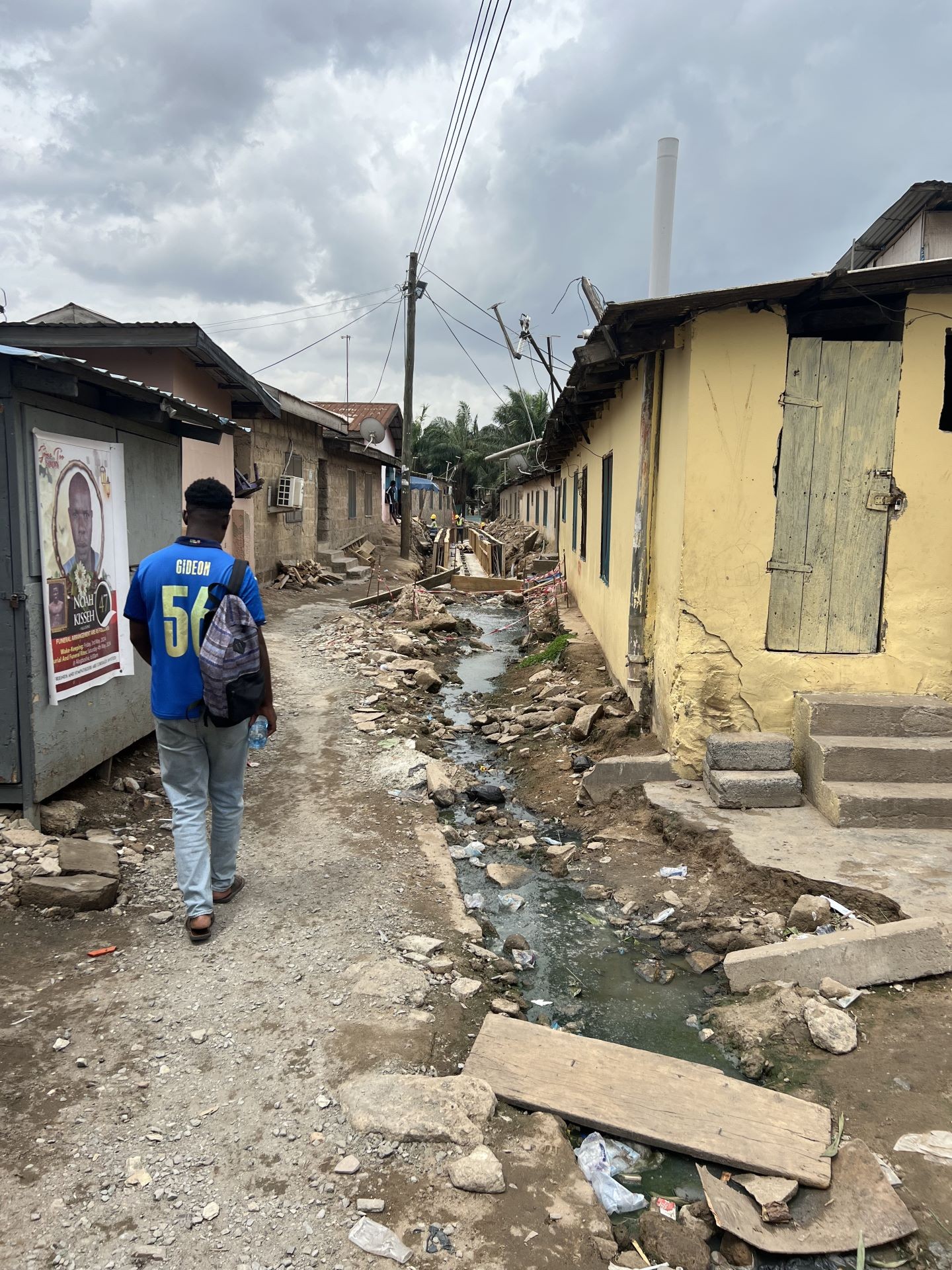 First Place: Navigating the Urban Margins by Gideon Azunre, Department of Geography, Planning and Environment
First Place: Navigating the Urban Margins by Gideon Azunre, Department of Geography, Planning and Environment
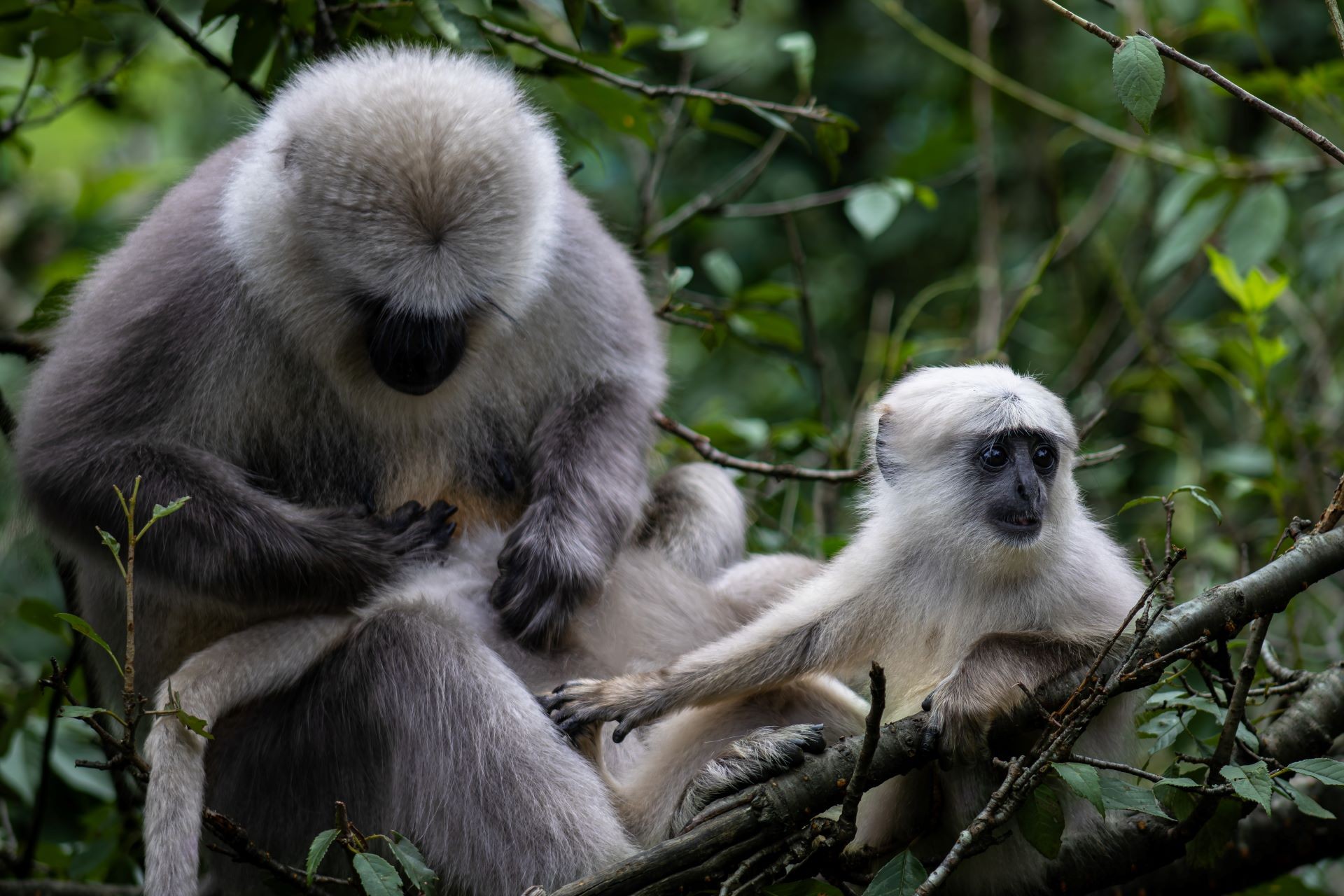 Second Place: Curiosity Meets Comfort by Ryan Ura, Department of Geography, Planning and Environment
Second Place: Curiosity Meets Comfort by Ryan Ura, Department of Geography, Planning and Environment
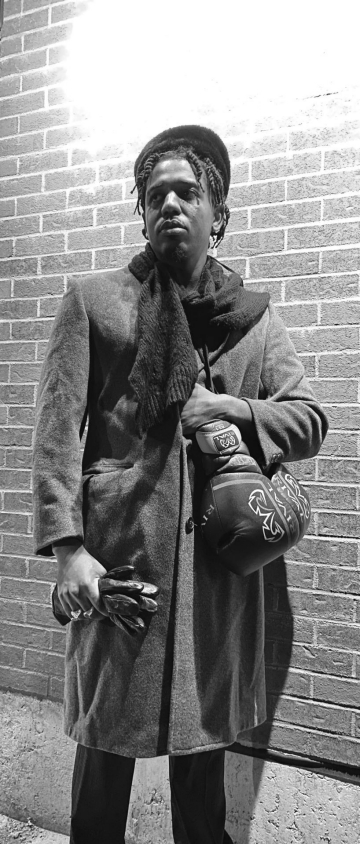 Third Place: The Gentleman Boxer by Cameron Ambroise-Sanscartier, Department of History
Third Place: The Gentleman Boxer by Cameron Ambroise-Sanscartier, Department of History
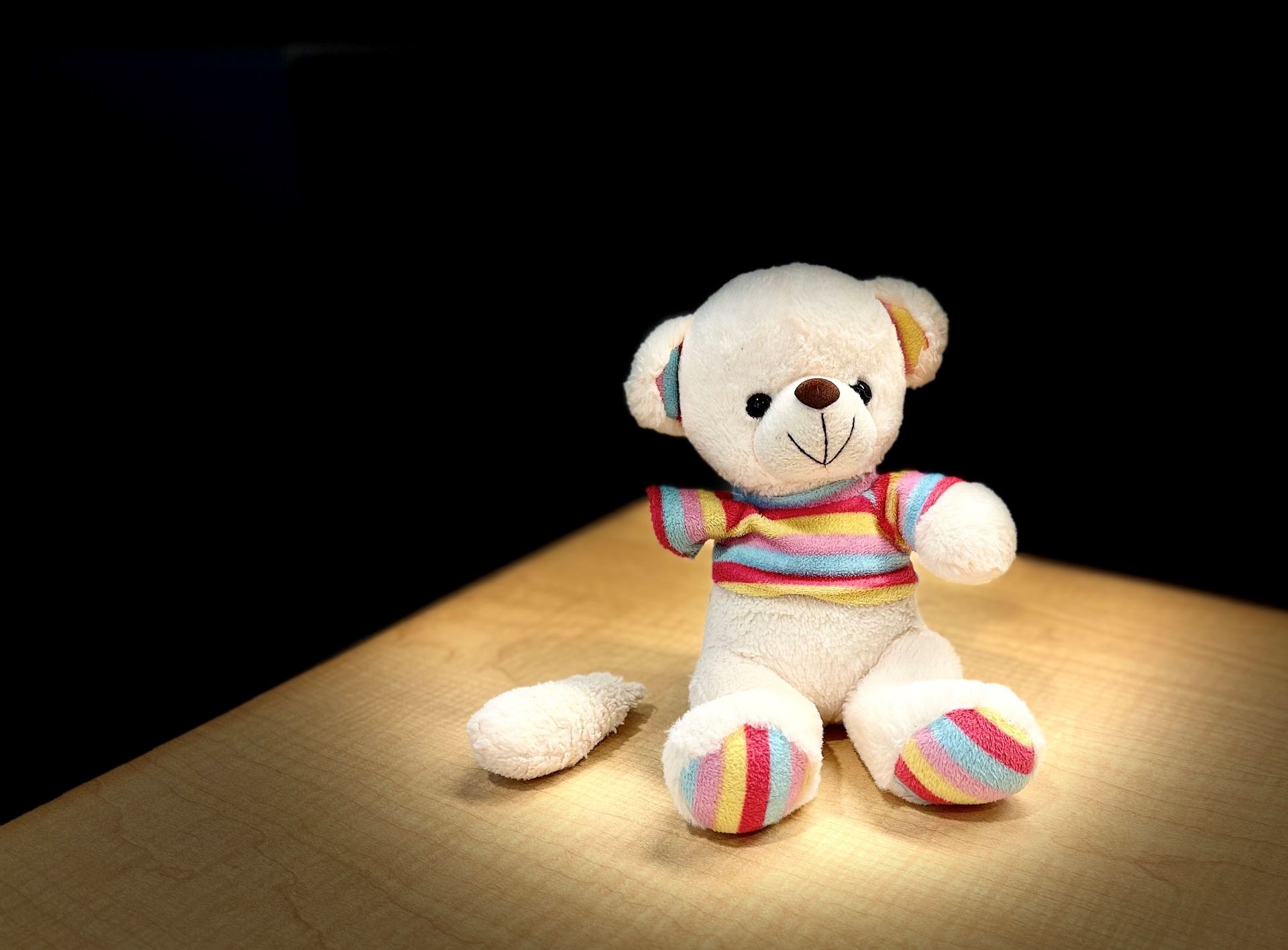 Honorable Mention: How to Mend a Broken Teddy by Seleste Beaulieu, Department of Psychology
Honorable Mention: How to Mend a Broken Teddy by Seleste Beaulieu, Department of Psychology
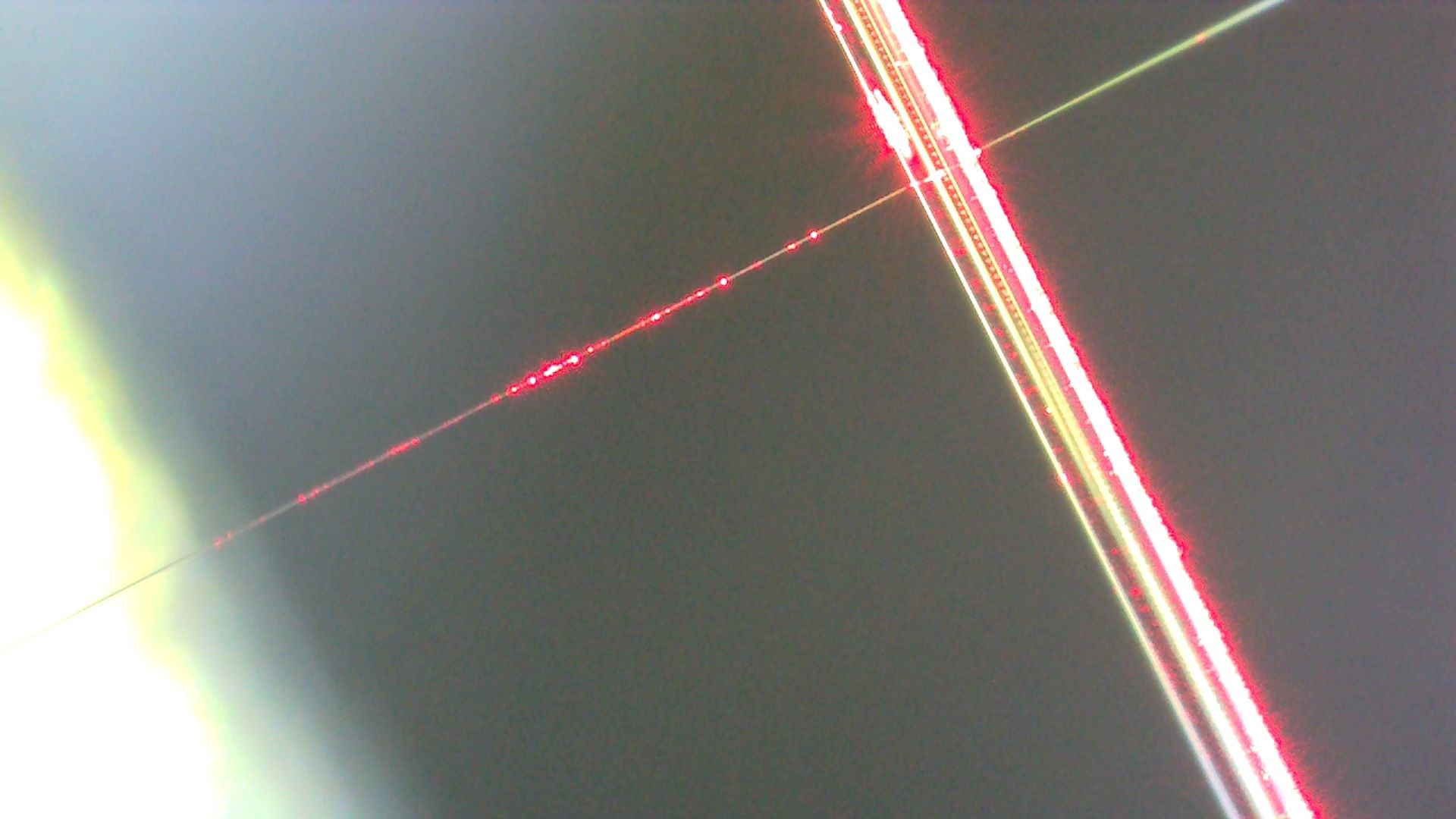 Honorable Mention: Trapping Light in a Micro-Resonator by Emily Eadie, Department of Physics
Honorable Mention: Trapping Light in a Micro-Resonator by Emily Eadie, Department of Physics